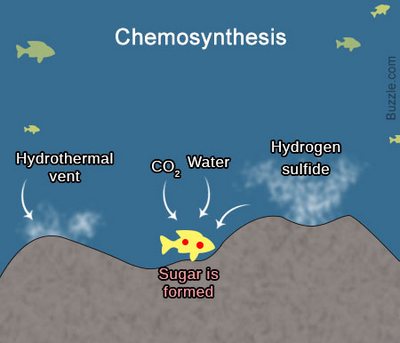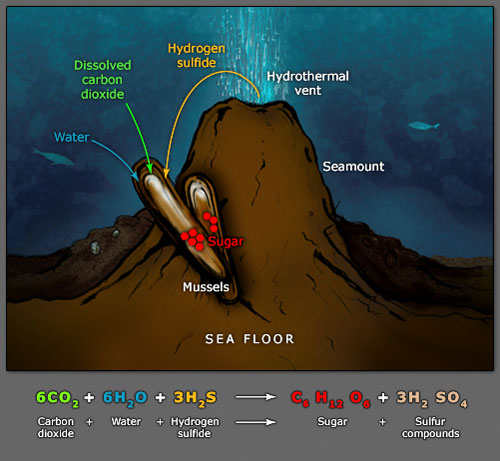Do you hope to find 'bacteria process chemosynthesis'? You will find the answers here.
Chemosynthesis is the deductive reasoning of organic compounds by bacteria operating theater other living organisms using energy derivative from reactions involving inorganic chemicals, typically in the petit mal epilepsy of sunlight.
Table of contents
- Bacteria process chemosynthesis in 2021
- Chemosynthetic autotrophic bacteria
- Types of chemosynthetic bacteria
- Chemosynthetic bacteria examples
- Chemosynthesis is the process in which organisms
- Are chemosynthetic bacteria consumers
- Where does chemosynthesis occur
- Chemosynthesis equation
Bacteria process chemosynthesis in 2021
 This image illustrates bacteria process chemosynthesis.
This image illustrates bacteria process chemosynthesis.
Chemosynthetic autotrophic bacteria
 This picture shows Chemosynthetic autotrophic bacteria.
This picture shows Chemosynthetic autotrophic bacteria.
Types of chemosynthetic bacteria
 This image demonstrates Types of chemosynthetic bacteria.
This image demonstrates Types of chemosynthetic bacteria.
Chemosynthetic bacteria examples
 This picture representes Chemosynthetic bacteria examples.
This picture representes Chemosynthetic bacteria examples.
Chemosynthesis is the process in which organisms
 This picture illustrates Chemosynthesis is the process in which organisms.
This picture illustrates Chemosynthesis is the process in which organisms.
Are chemosynthetic bacteria consumers
 This image shows Are chemosynthetic bacteria consumers.
This image shows Are chemosynthetic bacteria consumers.
Where does chemosynthesis occur
 This picture demonstrates Where does chemosynthesis occur.
This picture demonstrates Where does chemosynthesis occur.
Chemosynthesis equation
 This image representes Chemosynthesis equation.
This image representes Chemosynthesis equation.
How does chemosynthetic bacteria produce their own food?
Essentially, chemosynthetic bacteria include a group of autotrophic bacteria that use chemical energy to produce their own food. Like photosynthetic bacteria, chemosynthetic bacteria need a carbon source (e.g. carbon dioxide) as well as an energy source in order to manufacture their own food.
Which is an example of a chemosynthetic reaction?
* Unlike photosynthesis which is common in eukaryotic organisms and cyanobacteria, chemosynthetic reactions are mostly carried out by prokaryotic microorganisms (particularly bacteria and archaea) Examples of chemosynthetic bacteria include:
How are enzymes involved in the chemosynthesis cycle?
Some of the enzymes involved in this cycle include pyruvate synthase and phosphoenolpyruvate (PEP) carboxylase. Essentially, chemosynthesis refers to the process through which chemosynthetic bacteria process food using chemical energy. Therefore, compared to photosynthesis, these organisms are not dependent on light energy for production.
How are nitrogen fixing bacteria used in chemosynthesis?
During chemosynthesis, chemosynthetic bacteria, being non-photosynthetic, have to rely on energy produced by oxidation of these compounds (inorganic) in order to manufacture food (sugars) while nitrogen-fixing bacteria convert nitrogen gas into nitrate. All these processes serve to produce a proton used in carbon dioxide fixation.
Last Update: Oct 2021